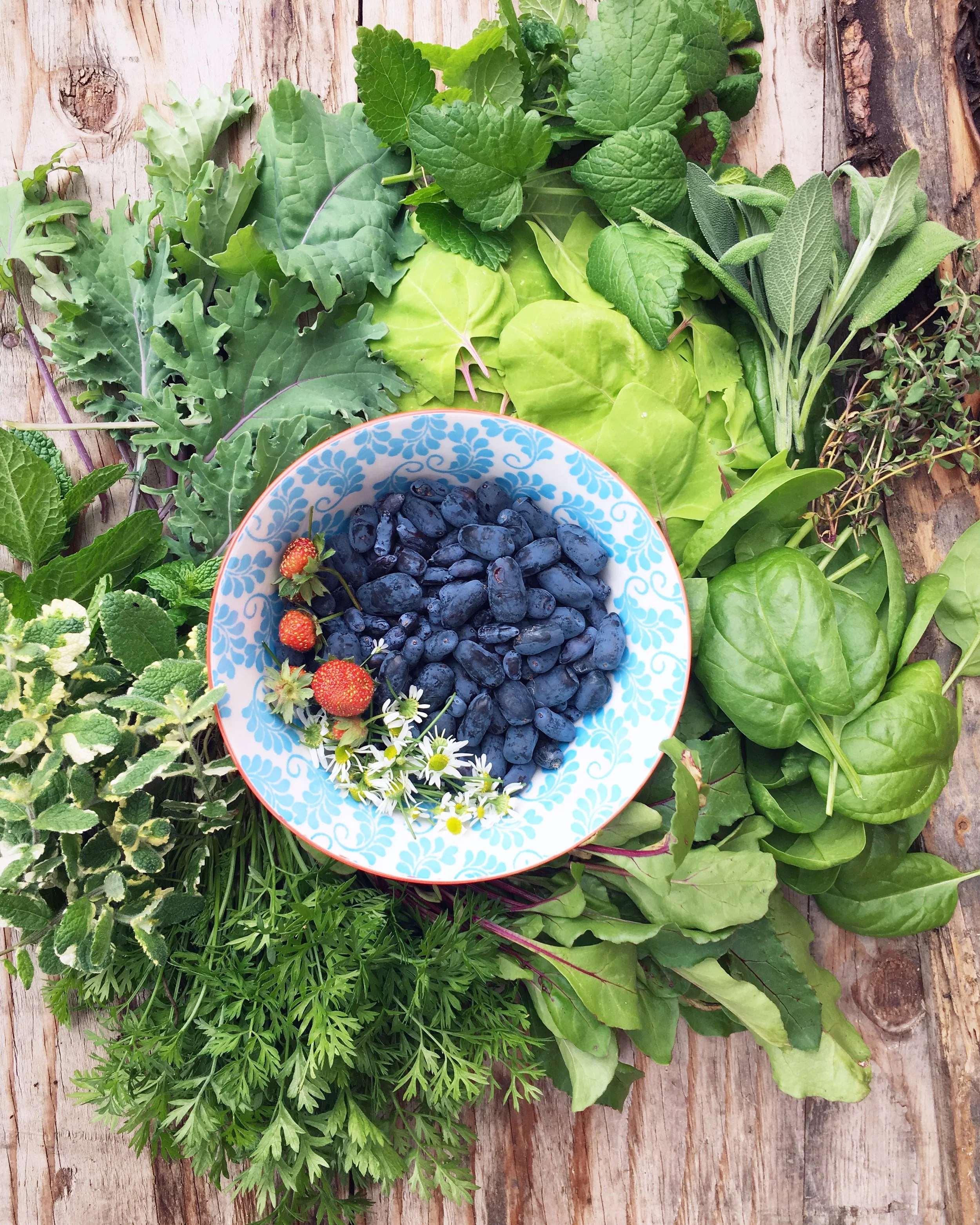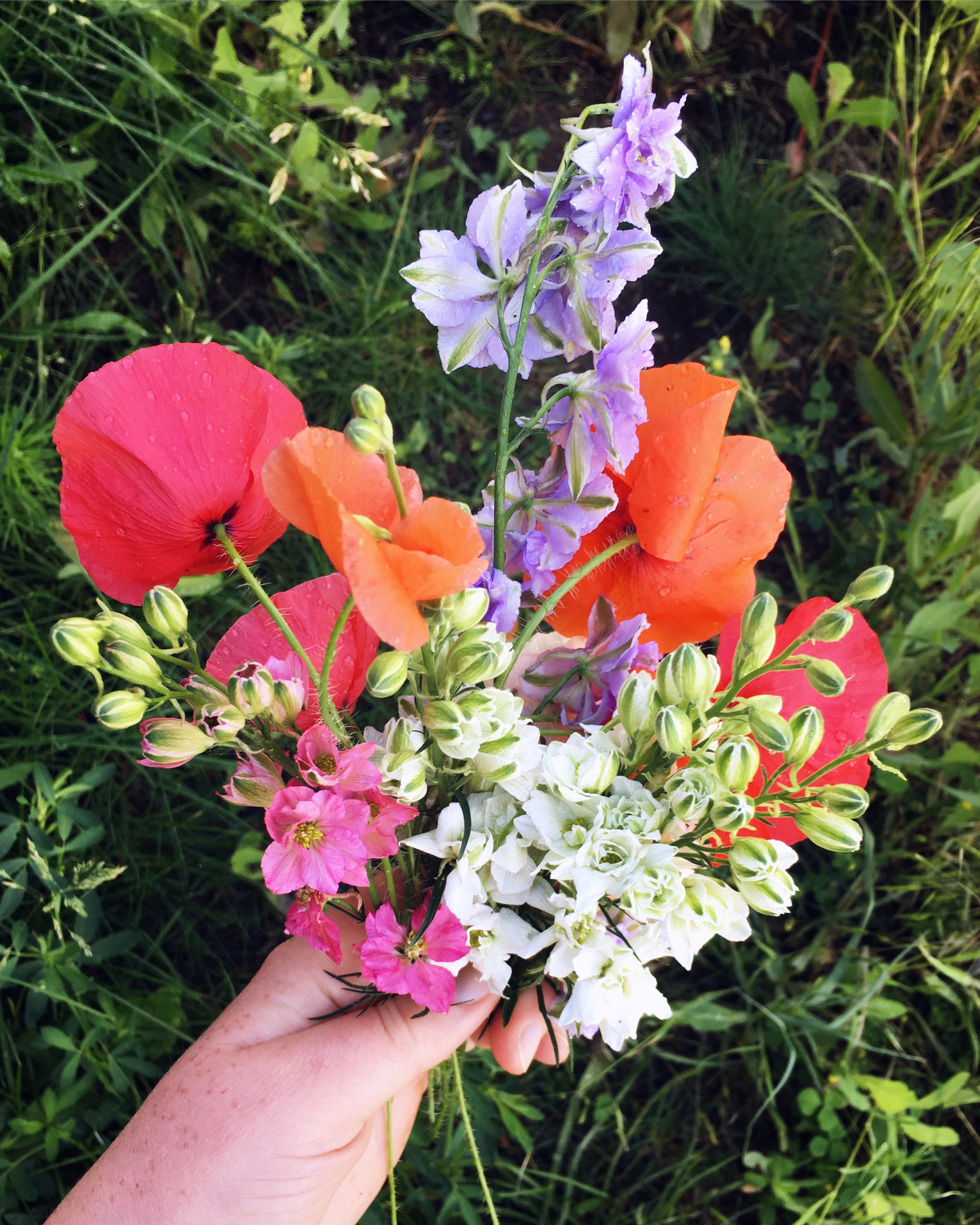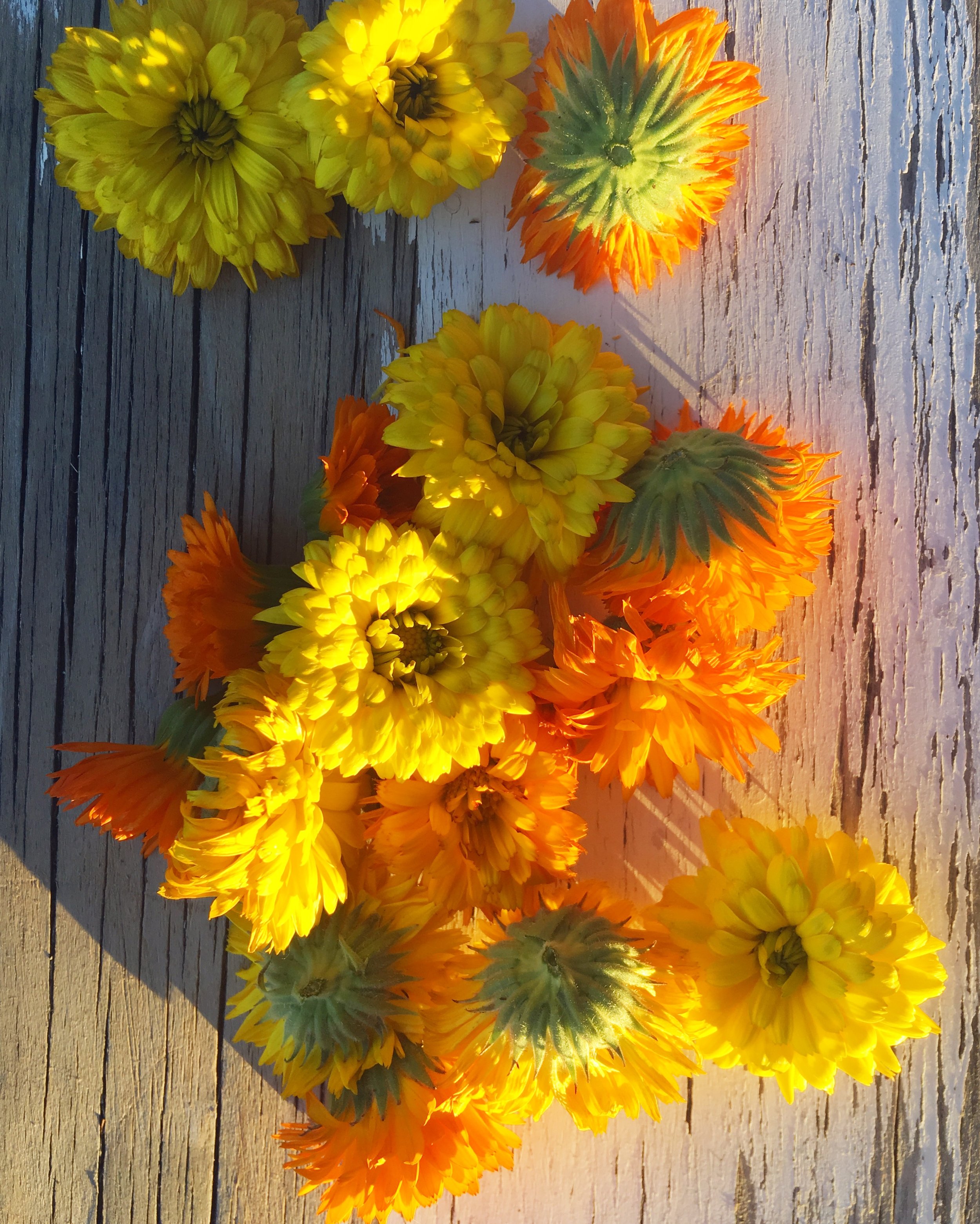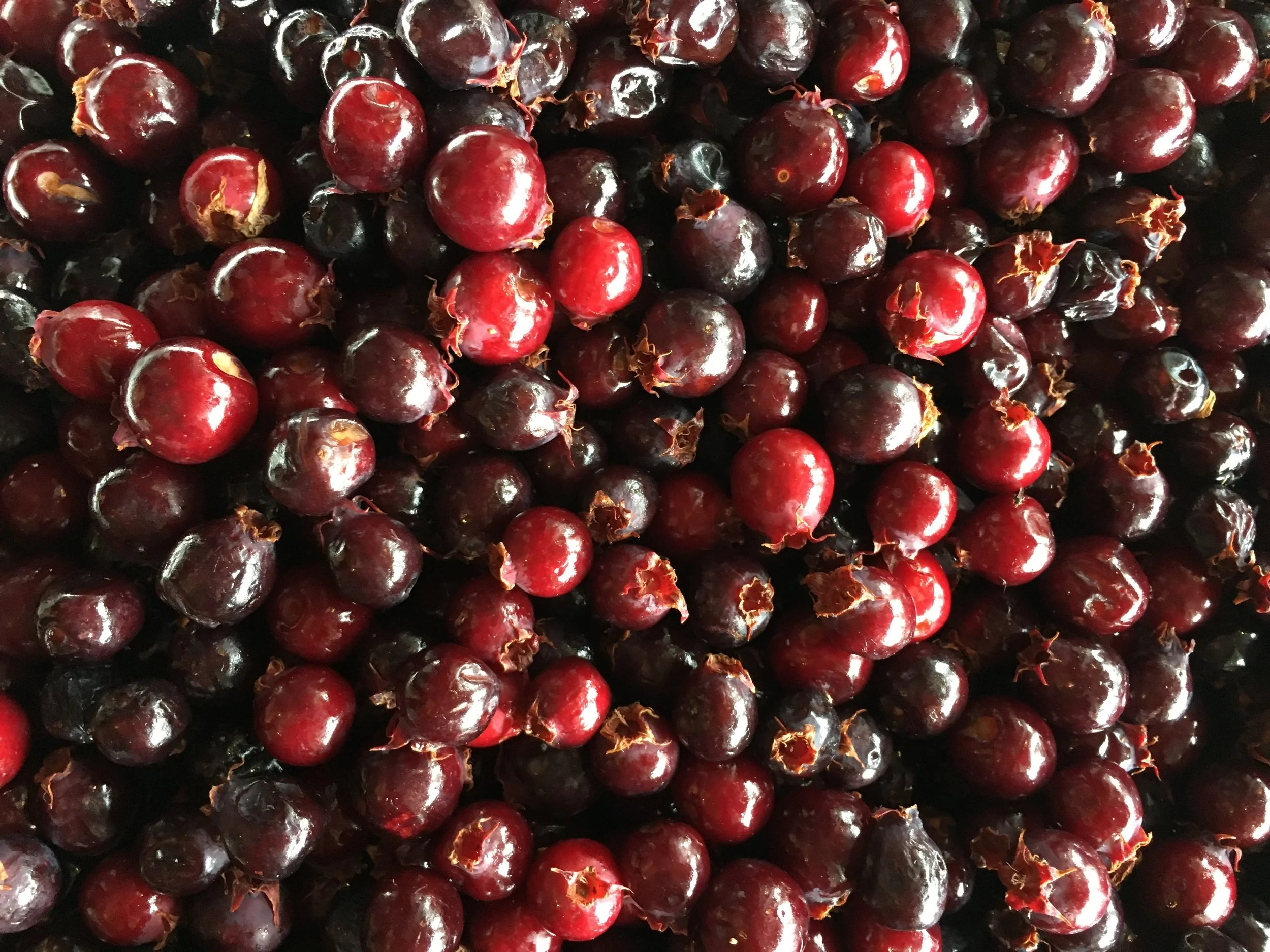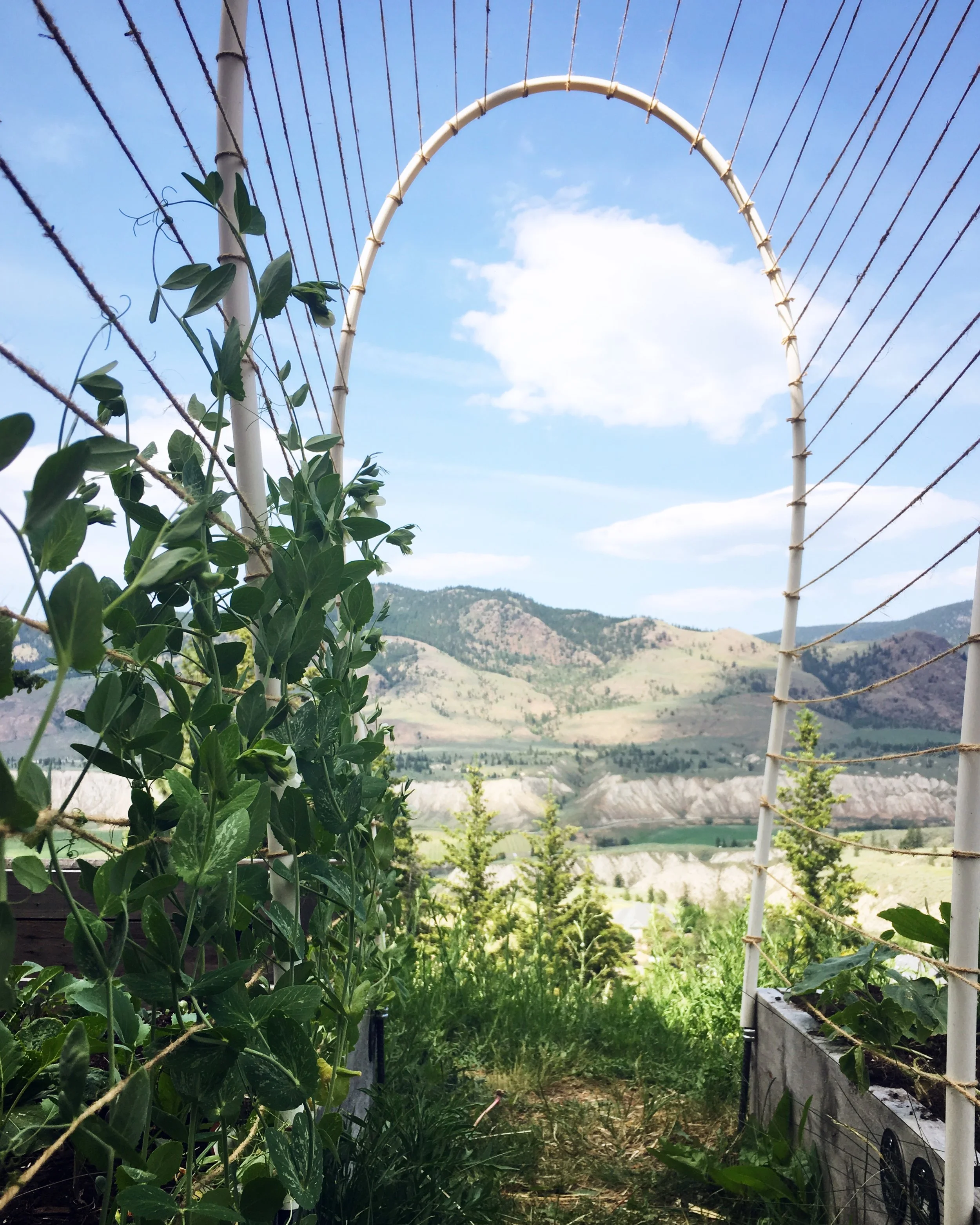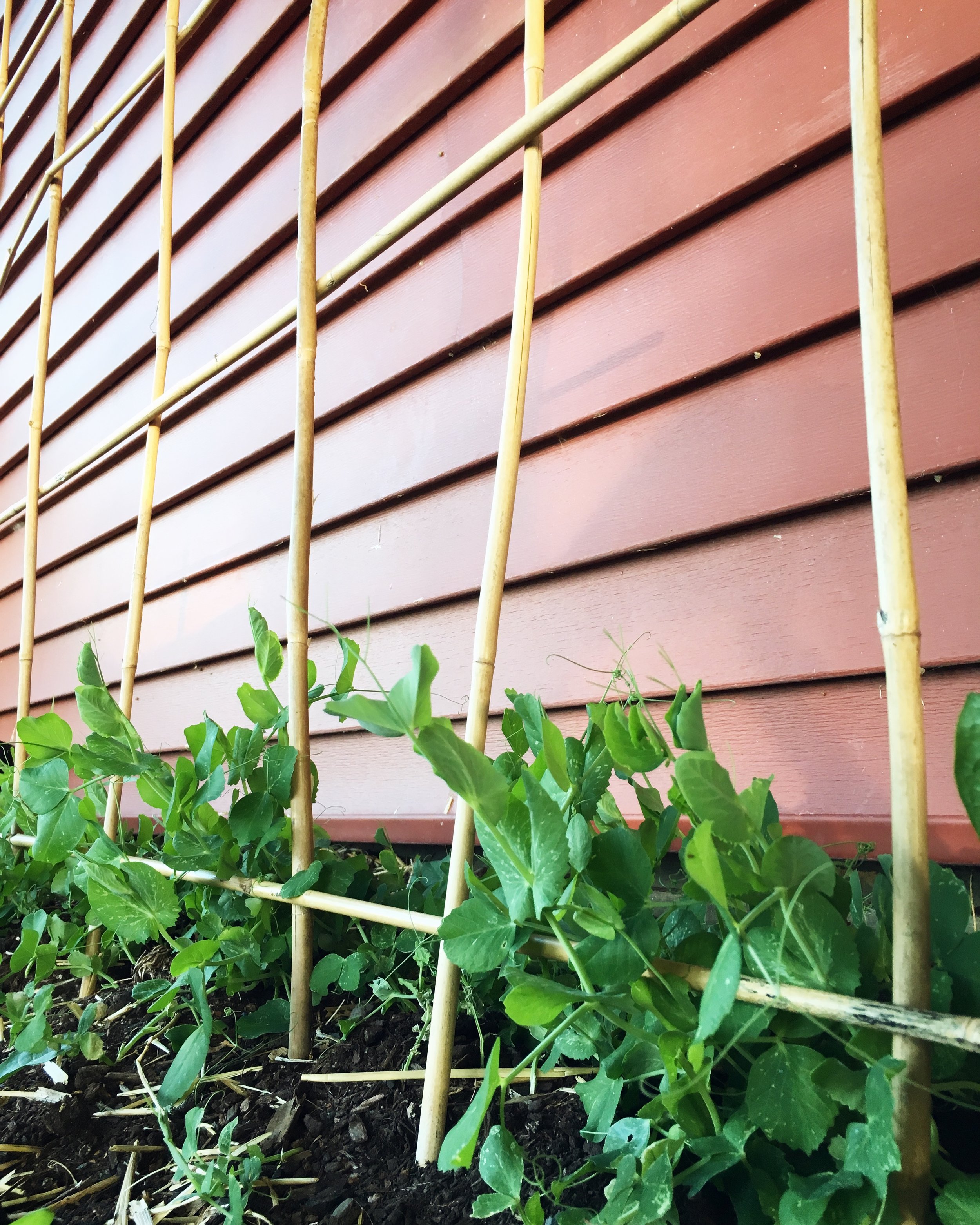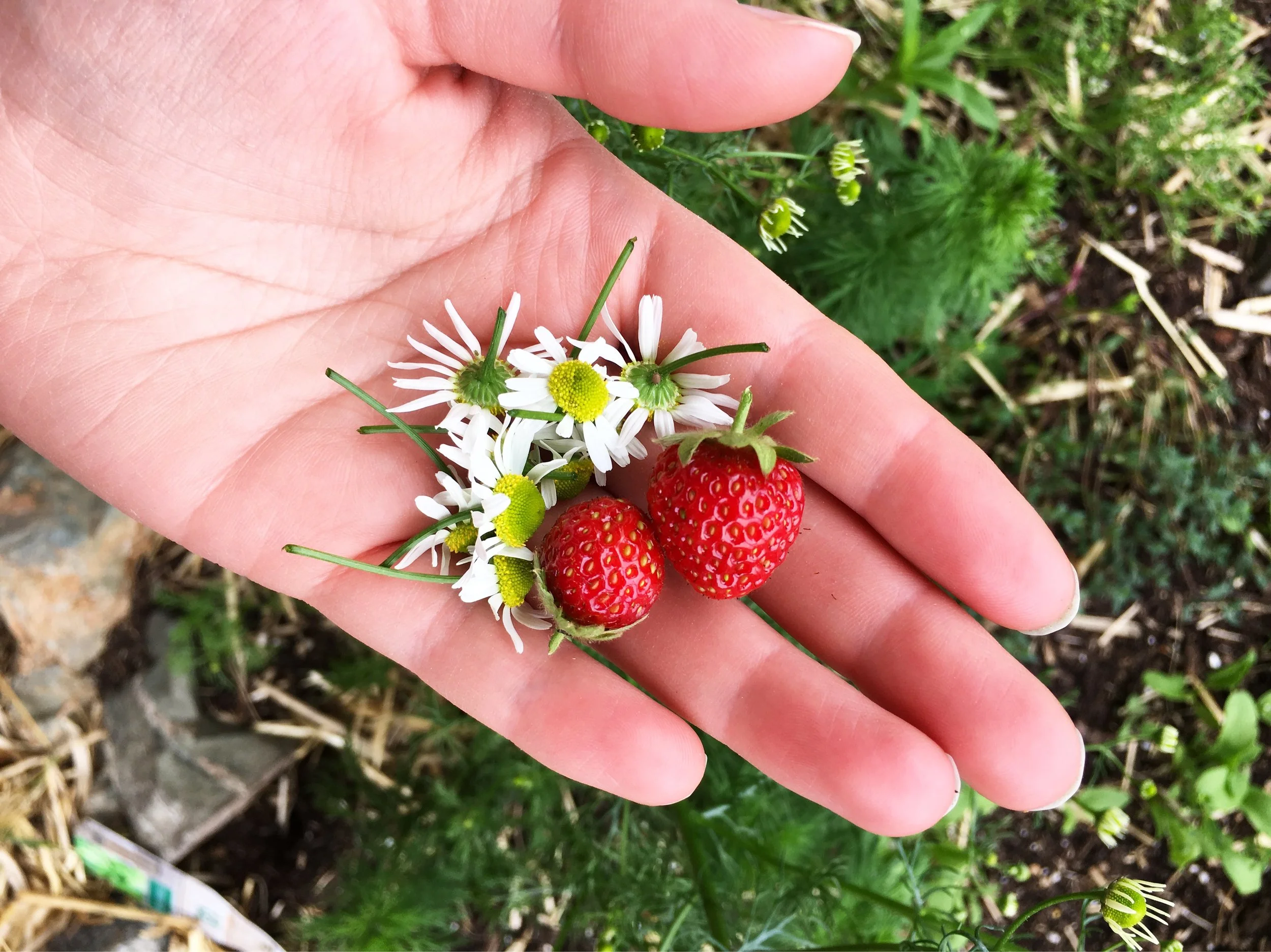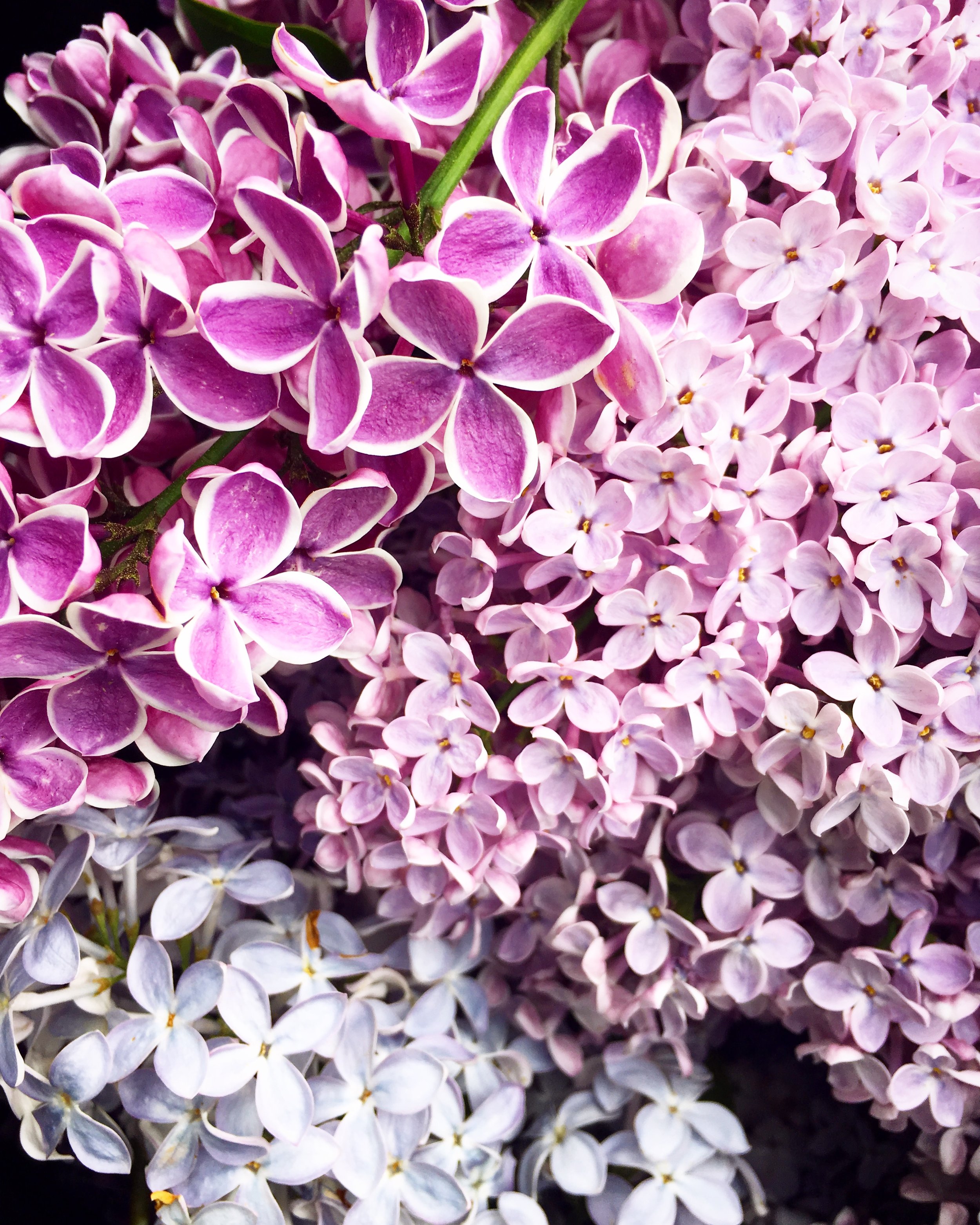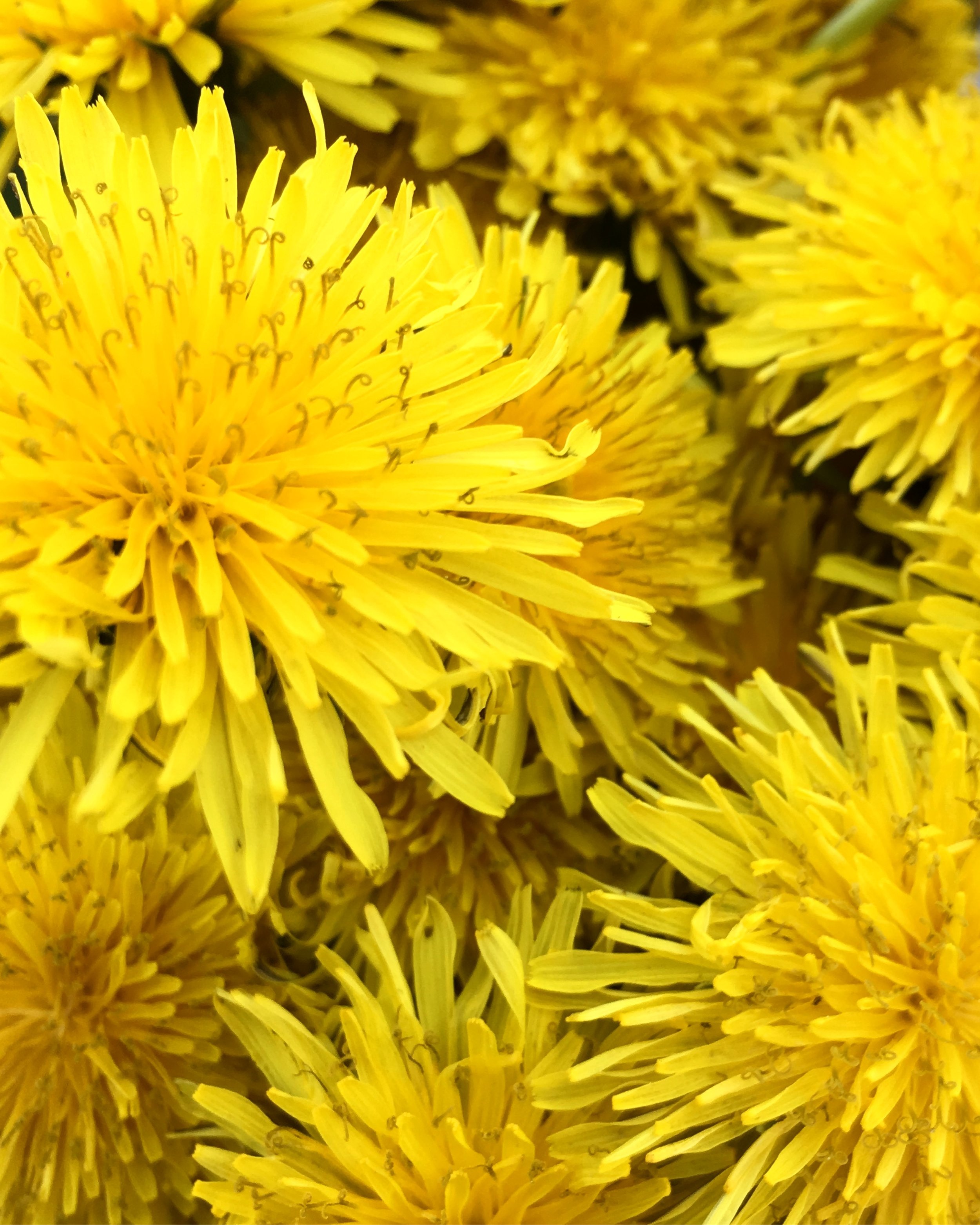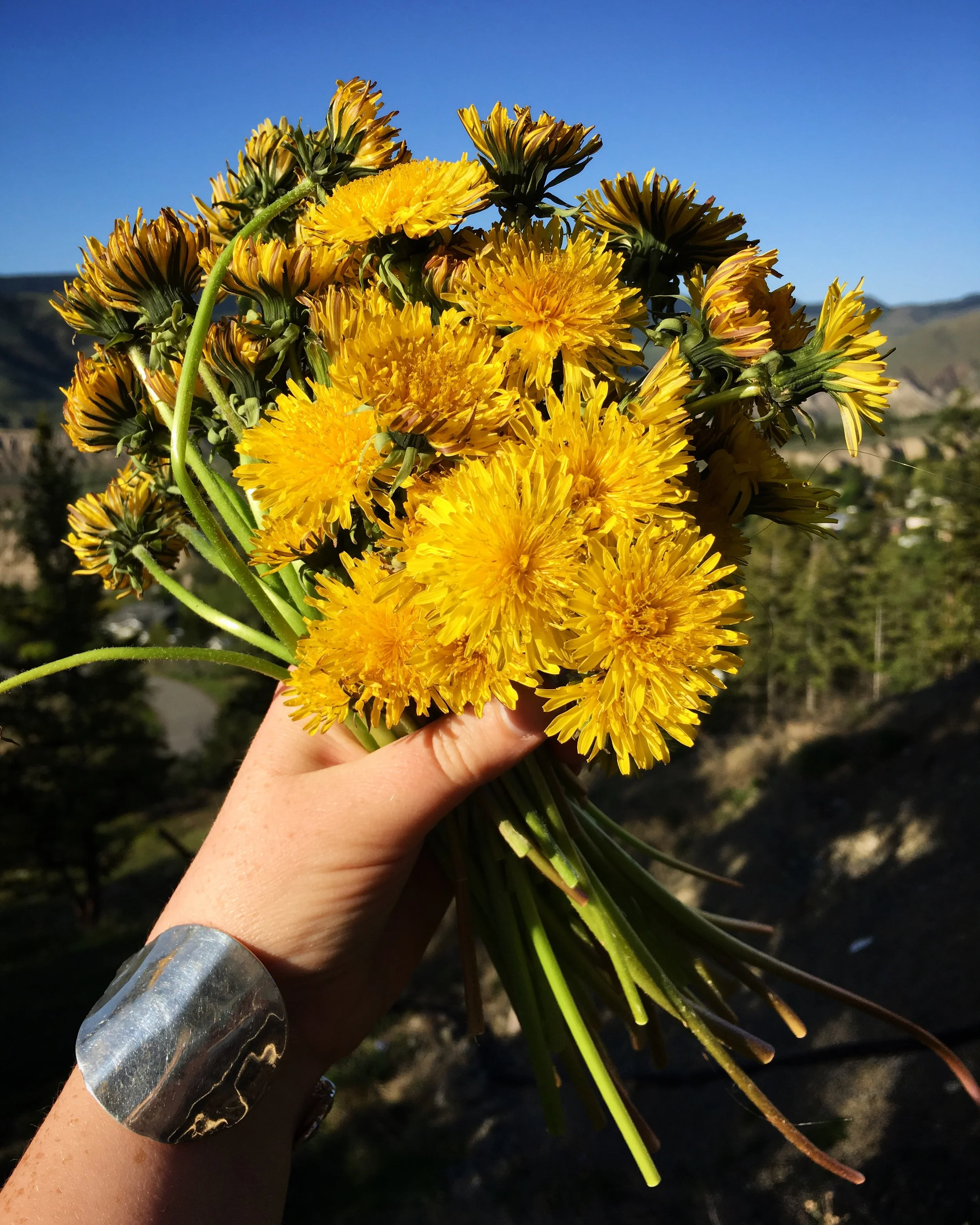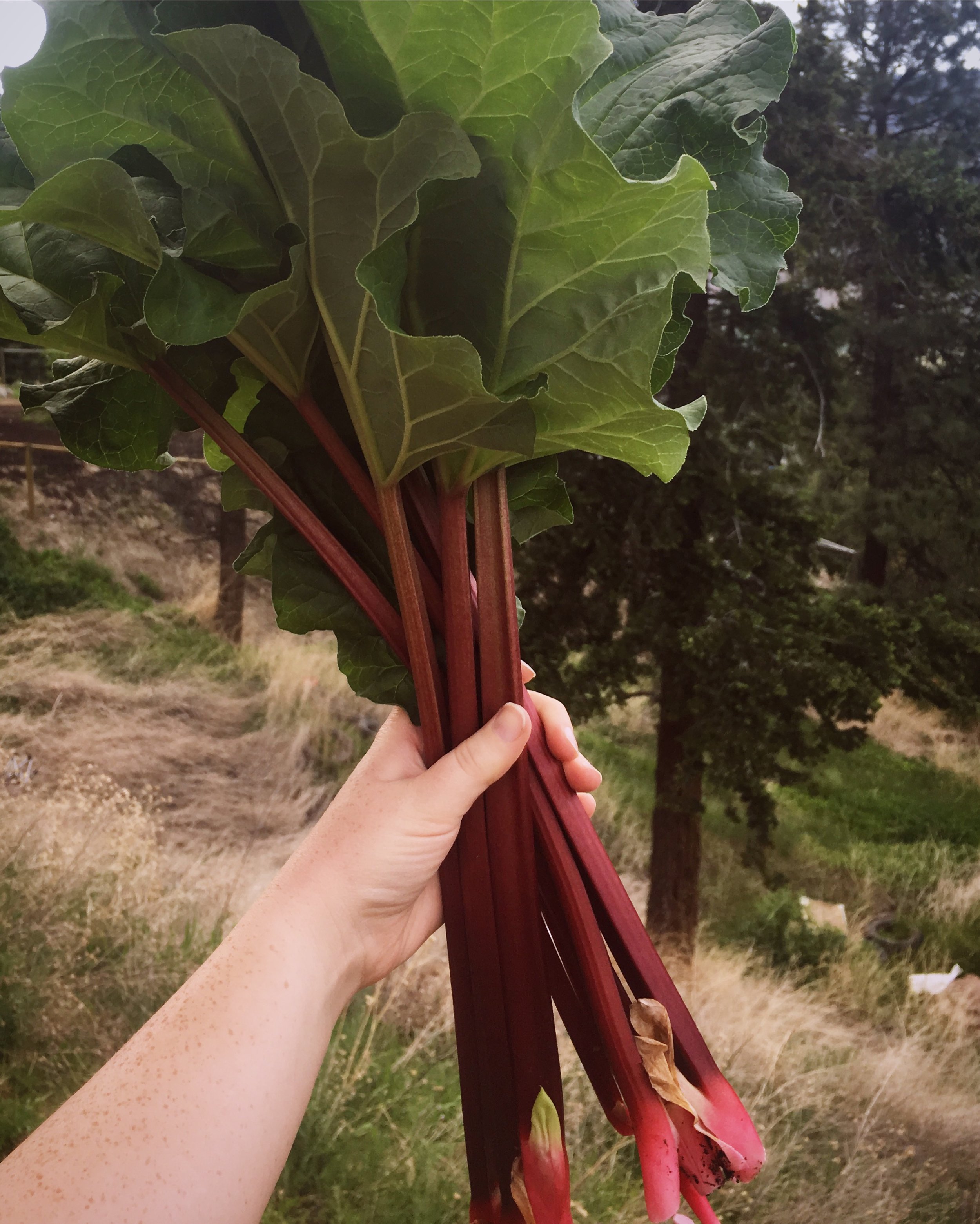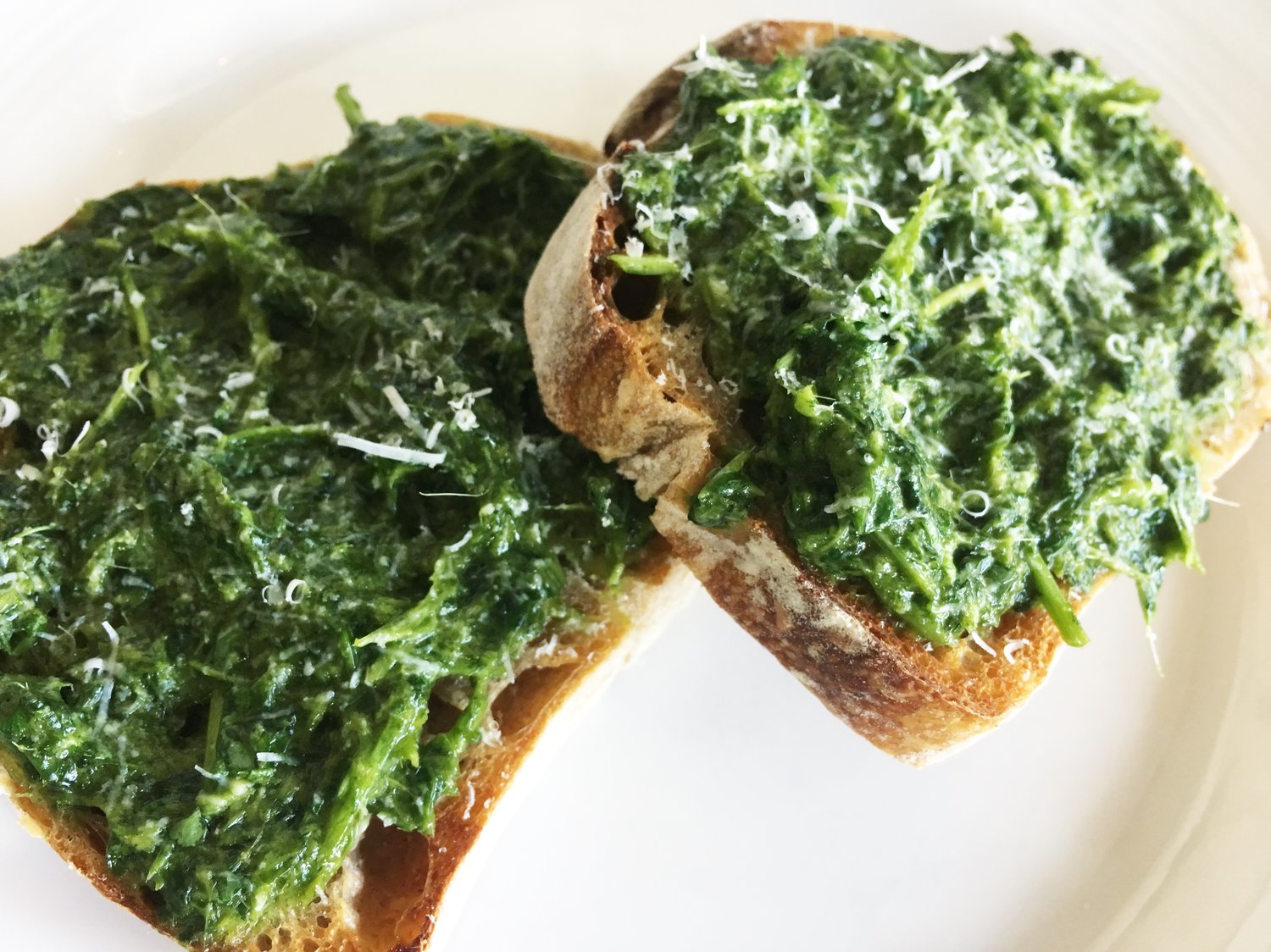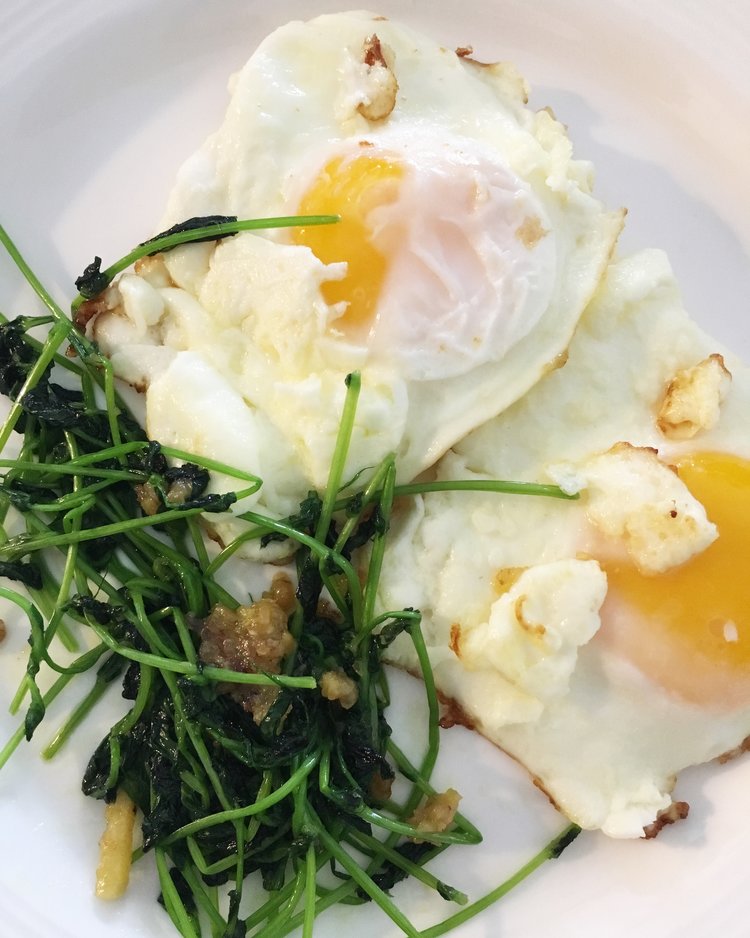June Harvest Totals
Asterisk denotes foraged item.
- Basil (purple): 2 g
- Beets (mixed): 57 g
- Calendula: 14 g
- Carrots (mixed): 91 g
- Chamomile: 50 g
- Dill: 36 g
- Haskap Berries: 160 g
- Hyssop: 39 g
- Kale (Red Russian): 76 g
- Lemon Balm: 7 g
- Mint (Mojito): 5 g
- Mint (Peppermint): 11 g
- Mint (Pineapple): 11 g
- *Orach: 115 g
- Orach: 96 g
- Pansies: 2 g
- Peas (Amish Snap): 84 g
- Raspberries: 15 g
- Rhubarb: 37 g
- Sage: 4 g
- Saskatoon Berries: 3147 g
- Spinach: 43 g
- Strawberries: 21 g
- Tarragon: 14 g
- Thyme: 2 g
Total: 4.2 kg
This June seemed to have less going on in the garden for some reason. Last year I got more peas, more rhubarb, I remembered to pick the wild asparagus, and just overall I got about two kilos more from the garden and the wild. I'm not sure what's going on with my rhubarb - I guess it's having an off year. Last year I harvested nearly a kilogram from it in June, but this year just a a few little stalks! I'm going to give it more fertilizer in the fall this year and see if that helps kickstart it for the spring. It also got pretty choked in with weeds, so maybe I didn't get to those in time.
I suspected the peas would be a smaller harvest this year, because I was very picky about the seed I was saving from the Amish Snap Peas I've been planting and saving for over 5 seasons now. They were starting to look quite a bit different from what I remember receiving from Seed Savers Exchange almost six years ago. I kept only 15 seeds from last year because I only wanted seeds from pods that produced at least three seeds per pod, and looked smooth and round - identical to what I received when I purchased them. I also held off on harvesting some of the most beautiful pods growing from them because I want to make sure that my seed is excellent for the years to come. I can't save seeds from many things because my garden is too small, but legumes, and a few other things are possible so I want to do the best job I can with stewarding those varieties.
Despite the lack of rhubarb, the berries this month have been fantastic. I've never seen saskatoons, or raspberries the size I've been picking this month. Raspberries were just beginning to ripen, but they were all enormous and so heavy the branches on my little bushes were all falling over! The wild saskatoons this here were also gigantic. Our bowl full of them looked more like cranberries or grapes. I have some cultivated saskatoons in my freezer from last year, and these are almost double their size, when it's usually the other way around!
There is also a lot of promise still out there in the garden. My tomato plants are getting big, and many have already set quite a bit of fruit which I wait for with great anticipation! I've got loads of sun chokes, the quinoa is about to flower, and the beans are climbing high! I also have a bed of the healthiest looking brassicas I've ever grown, so those are making me pretty happy each time I step out into the garden. All in all it's been a decent month for harvesting, but I look forward to the major bounty that is to come as summer reaches its fullness.

